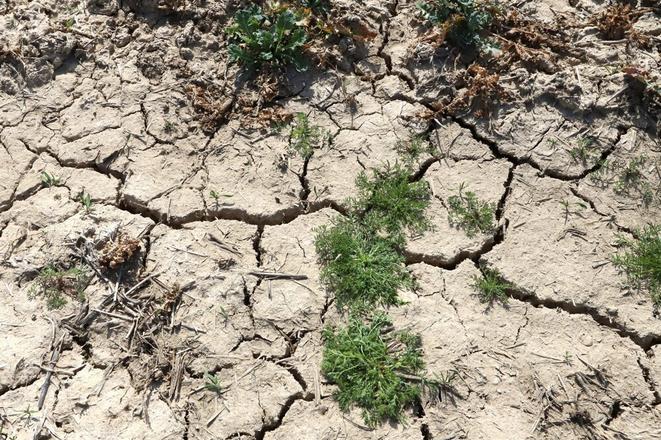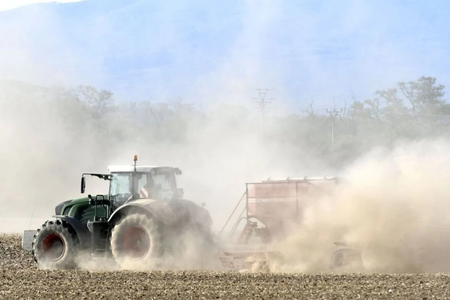Around this time a year ago, Slovakia was experiencing one of its driest episodes in the history of measurements. Wells, streams in villages, and in some places even rivers dried up, and mayors urged residents to conserve water. Drought also destroyed crops and forest ecosystems.
Exceptional in scope and length, the drought affected more than half of Slovakia and in some places it lasted more than 200 days.
If the situation were to repeat this year, drought and climate change might become a substantial pre-election issue for the first time in the country. So far, 2023 has been different. "The situation is much more favourable this year. There is no danger of a drought such as the one that occurred last year," predicts climatologist Maroš Turňa from the Slovak Hydrometeorological Institute.
April and May were almost drought-free. At the beginning of June, drought appeared in northern Slovakia, but in a smaller area than a year ago. Moreover, it was very rainy two weeks ago.
But even if the drought is not as strong a topic now as it was last year, it still remains one of the biggest challenges due to the climate crisis.
In April, analysts from the Institute of Environmental Policy published a study that caused a stir, especially in local governments. They modelled which parts of Slovakia are and will be most at risk of drought.
Currently, the issue mainly concerns the lowlands in the south-west of Slovakia, as forests there have largely been destroyed to allow for agricultural production. Here, the most threatened districts are Senec, Bratislava II and V.
Municipalities that do not have a built-in water supply system are also in danger.
In a few decades, the situation will change and the most vulnerable areas will be the districts of Medzilaborce and Snina in the east, Revúca, Poltár and Rimavská Sobota in central Slovakia, and the Malá Fatra and Nízke Tatry national parks.
According to analysts, investments should gradually be redirected to these areas.
Coordination missing
What must the state do to better prepare for drought? The simple and general answer is to save, retain water and use it more efficiently.



